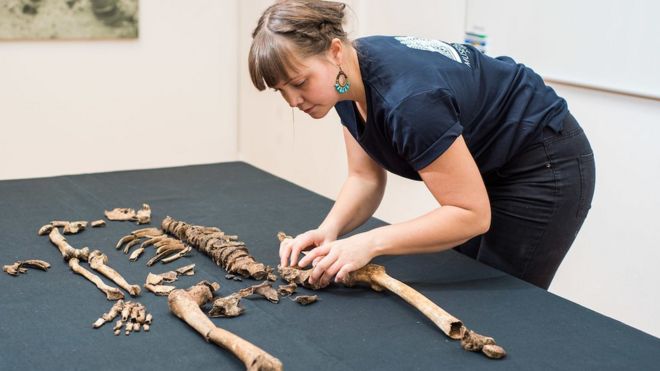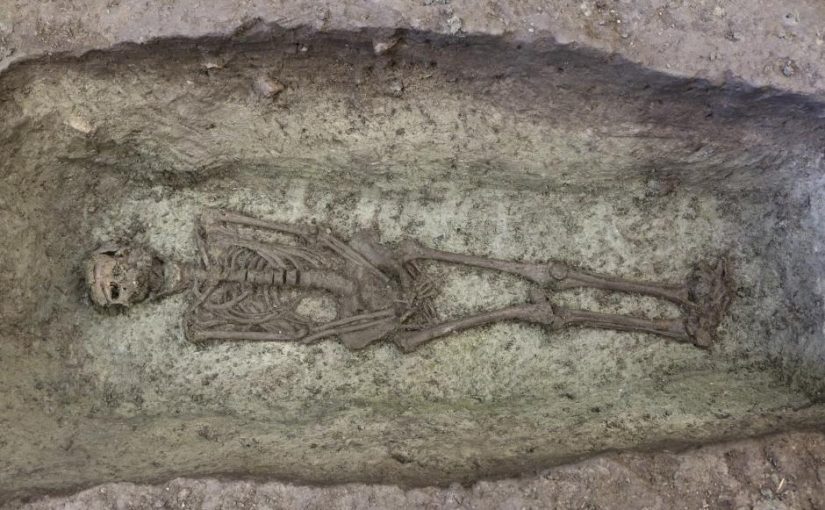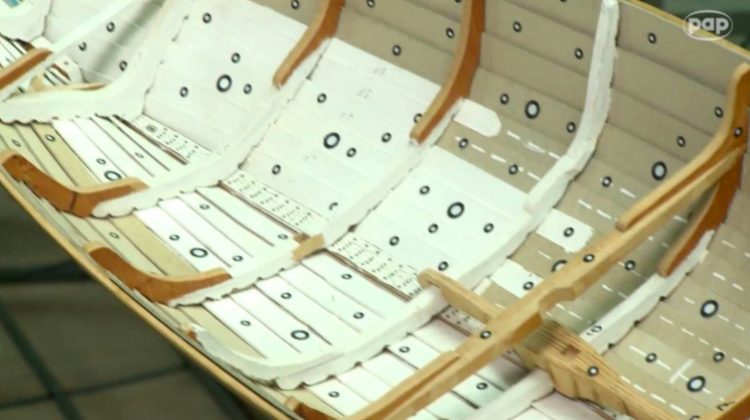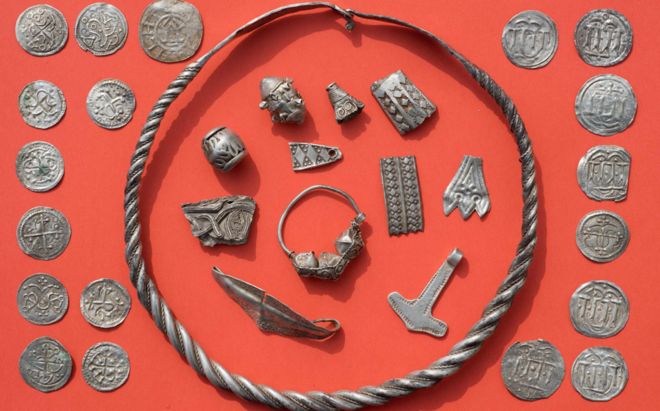Excavations from an Iron Age fort in modern-day Sweden revealed brutalized human remains and other macabre traces of a massacre that stopped a small Scandinavian community in its tracks some 1,500 years ago.
Six years after the archaeological investigations began, the team has published a report of their findings in the journal Antiquity. Although only 6 percent of the site has been unearthed and analyzed, the evidence gathered thus far paints an unprecedently vivid picture of life – and death – in late 5th-century Europe, a turbulent period following the fall of the Western Roman Empire.
Located on the island of Öland off the coast of southeast Sweden, the Sandby Borg ringfort resembled a large oval-shaped mound of grass and dirt encircled by crumbling stone before the archaeologists arrived. Hoping to preserve the contents of the site from recently spotted treasure hunters, the team slowly but surely revealed that the unassuming ruins belonged to a 5,000-square-meter (54,000-square-foot) village, containing 53 dwellings, enclosed by stone walls that once stood 4-5 meters (13-16 feet) high.









